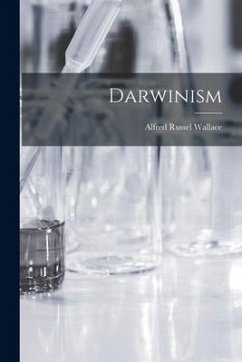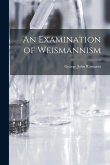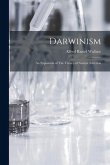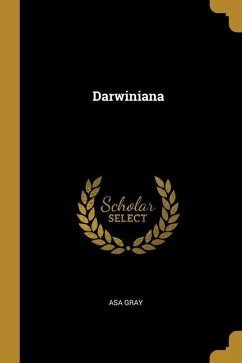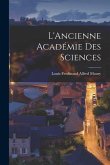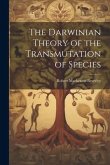Andere Kunden interessierten sich auch für
Produktdetails
- Verlag: Creative Media Partners, LLC
- Seitenzahl: 530
- Erscheinungstermin: 27. Oktober 2022
- Englisch
- Abmessung: 234mm x 156mm x 27mm
- Gewicht: 735g
- ISBN-13: 9781015747555
- ISBN-10: 1015747558
- Artikelnr.: 67263806
Hinweis: Dieser Artikel kann nur an eine deutsche Lieferadresse ausgeliefert werden.
- Libri GmbH
- Europaallee 1
- 36244 Bad Hersfeld
- gpsr@libri.de
Alfred Russel Wallace was an English naturalist, explorer, geographer, anthropologist, biologist, and illustrator who lived from 8 January 1823 to 7 November 1913. His own development of the theory of evolution through natural selection is what made him most famous. Charles Darwin's earlier papers on the subject were also excerpted in his 1858 paper, which was published in the same year. In response, Darwin rapidly wrote an abstract of the "great species book" he was composing, which he then published in 1859 as "On the Origin of Species. Beginning in the Amazon River basin, Wallace conducted considerable fieldwork. The Wallace Line, which divides the Indonesian archipelago into two distinct parts and is now known as the Wallace Line, was discovered by him while conducting fieldwork in the Malay Archipelago. In the western portion, where the animals are large and of Asian origin, and in the eastern portion, where the fauna reflects Australasia. He is frequently referred to as the "father of biogeography," or more specifically, of zoogeography, and was thought to be the foremost authority on the geographic distribution of animal species in the 19th century.
1. What are the 'species' and what is meant by their 'origin'
2. The struggle for existence
3. The variability of species in a state of nature
4. Variation of domesticated animals and cultivated plants
5. Natural selection by variation and survival of the fittest
6. Difficulties and objections
7. On the infertility of crosses between distinct species and the usual sterility of their hybrid offspring
8. The origin and uses of colour in animals
9. Warning coloration and mimicry
10. Colours and ornaments characteristic of sex
11. The special colour of plants: their origin and purpose
12. The geographical distribution of organisms
13. The geological evidences of evolution
14. Fundamental problems in relation to variation and heredity
15. Darwinism applied to man.
1. What are the 'species' and what is meant by their 'origin'
2. The struggle for existence
3. The variability of species in a state of nature
4. Variation of domesticated animals and cultivated plants
5. Natural selection by variation and survival of the fittest
6. Difficulties and objections
7. On the infertility of crosses between distinct species and the usual sterility of their hybrid offspring
8. The origin and uses of colour in animals
9. Warning coloration and mimicry
10. Colours and ornaments characteristic of sex
11. The special colour of plants: their origin and purpose
12. The geographical distribution of organisms
13. The geological evidences of evolution
14. Fundamental problems in relation to variation and heredity
15. Darwinism applied to man.

